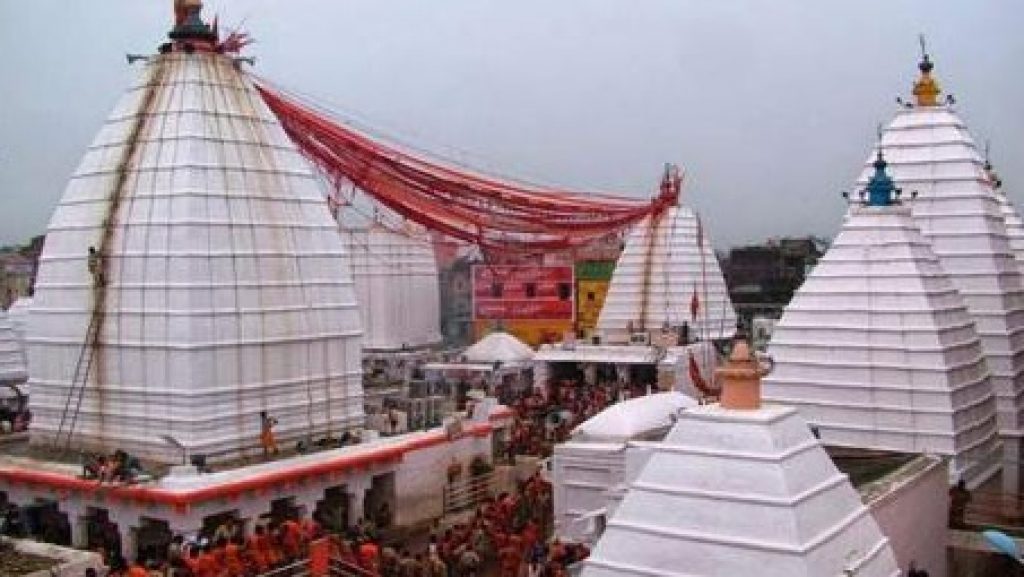Namaste. I had a dream this morning that I was at a small store that sold nothing but items used in Hindu practices, festivals, and the like. An Indian woman who worked there indicated to me that she was from a state in South India. In addition, she said something a bit interesting to me about Hindus in the southern region and the northern region of her country. To paraphrase what she stated, ‘The number 108 is special to North Indians and they follow the Purāṇas whereas South Indians like odd numbers and they prefer Upaniṣads.’
How true is any of that? Also, what are some differences between Hinduism in South India and Hinduism in North India?
So far, I know for a fact that the lunisolar calendars are a little different and that there are regional differences in how festivals are celebrated. That last one though is all over India. I get the impression that devotional poets are held in high regard in South India considering that it produced so many of them.
Yes, the ALwars of South India are famous for their devotional poetry on Lord VishNu - the Divya Prabhandams -- which was from their personal experience of the Lord.
They brought the contents of the Sanskrit granthas into the regional TamiL (TamiZ) language!
The Divya Prabandhams are so intense and vast and described PermaL (VishNu) so beautifully that VaishNavs there did not need or miss the PurANas because some key topics of the puraNas were non-sequenially captured in the Divya Prabandhams but dressed in more poetry with lots of bhakti - devotion.
This is why PurANas were ignored in the ancient times / early centuries in the South.
It is like Sant DnyAneshwar Maharaj's DnyAneshwari (originally calle d BhAvArtha DeepikA) -- that was a Marathi essay , commentary and purport on the Bhagvad Geeta that was available only in Sanskrit at the time and only those handful few learned in Sanskrit could read and understand it. Sant Dnyaneshwar brought it to the masses there and those people used just Dnyaneshwari and never bothered with the Sanskrit Geeta.
That explains why besides the Divya Prabandhams and the Shaiva texts in native TamiL, the focus was on Upanishads as the core authentic scripture -- which was given importance by Adi Shankaracharya of medevial times, his param gurus, Ramanujacharya and Madhvacharya too.
If she said 108 is from the North -- that must mean that naam jap on japa mAlA was more of a practice in the North, and archana in the South as some said on the thread.
However, chanting the Gayatri 3 times a day at the 3 SandhyAs (joins) - dawn, noon, dusk, was connected to 108 ? and it was a prominant samskaar among the orthodox of the South.
Further , what about the
108 Divya Prabandhams? ! and
108 Divya Deshams ? 108 temples of various forms of VishNu.
How can 108 be missed? One possibility is that these were due to influence from Bramhins and priests traveling or bringing spirituality from the North into the South, and the Divya Prabandhams and Deshams came AFTER the confluence of North with South.
That sentence above sounds too naive as the ALwars had direct connection with VishNu their IshTa Dev and had Divine inspirations. It is possible that they learned or heard about the subject BEFORE thier bhakti developed. This is why ShravaNam is important (Hear, listen, read )
shravaNaM kIrtanaM vishNoh: smaraNaM


